Point-and-shoot cameras have an interesting place in today’s film photography world. On the bottom end, there are a lot of people who want to explore film photography but they are intimidated by the complicated-looking interchangeable lens SLR cameras and don’t want to invest too much into a hobby they aren’t sure will work out for them. Oftentimes, I see this audience attracted to cameras like the Kodak Ektar h35 or M38, which are essentially reloadable disposable cameras. They can be found brand new for $20-50 and are dead simple to use with no settings other than flash on and off. These, I believe, are a poor entry point. The novice film shooter will select them for their simplicity, low price, and because they don’t have to worry about buying something used of unknown quality. However, because these cameras have all their exposure and focus settings fixed, they are more likely to frustrate a new shooter with blurry, underexposed photos. I like my h35, but I would argue that there needs to be a relatively deep understanding of how film photography works to get the best out of it. It demands that the photographer adapts to the camera; it will not make any concessions to the photographer. Generally, this novice audience would be better served with a cheap 90’s autofocus SLR, which will adapt to them and cover for many mistakes while in an automatic mode. A used basic Canon Rebel can still be found for less than $50 with a lens and provides a much more frictionless experience while allowing room for learning and growth and the possibility to manually expose when they get to that point.
The other point-and-shoot I often see discussed is the high-end luxury point shoots like the Contax T2, Yashica T4, and Nikon 35Ti. These are beautiful cameras with very high quality and fast lenses. They are also very expensive, in the hundreds to thousands of dollars. They are also stress-inducing because they are electronically driven. I don’t think the manufacturers of these cameras expected them to still be in use this long after production. When they break or malfunction, oftentimes, there is not much you can do to fix them. They have the possibility of breaking or malfunctioning, turning your $750 camera into a beautiful paperweight.
There is a third category that I think needs to be discussed more. Today, film photography is a hobby and a small niche. Before the early 2000s however, film photography was just photography. It was a core part of society, and companies sought to remove as much friction from the process as possible. By the time the 90s rolled around, good autoexposure and autofocus were essentially solved issues. This is part of the reason those 90’s SLR dad cameras are such great starters. But this also means that the types of cameras the normal everyday person took on their vacations, graduations, and parties ended up being pretty foolproof. A segment of small point-and-shoot cameras that take excellent photos with accurate exposure and focus, all while fitting cleanly in your pocket.
Above is my Canon Sureshot 80u from 2003. I can find them for sale for around $50-75, and they’re great little pocket cameras. I’m not saying this is the camera to get; I’m saying this class of cameras is a great thing to have in your collection. The lens isn’t super fast, only f/4.7 at its widest, but it’s sharp and makes nice images. And it takes the same 35mm film as any other 35mm camera, including your Leica. In your pocket during a vacation, it can make some impressive images. Here are a few from Italy with a roll of Fujifilm 400 loaded.
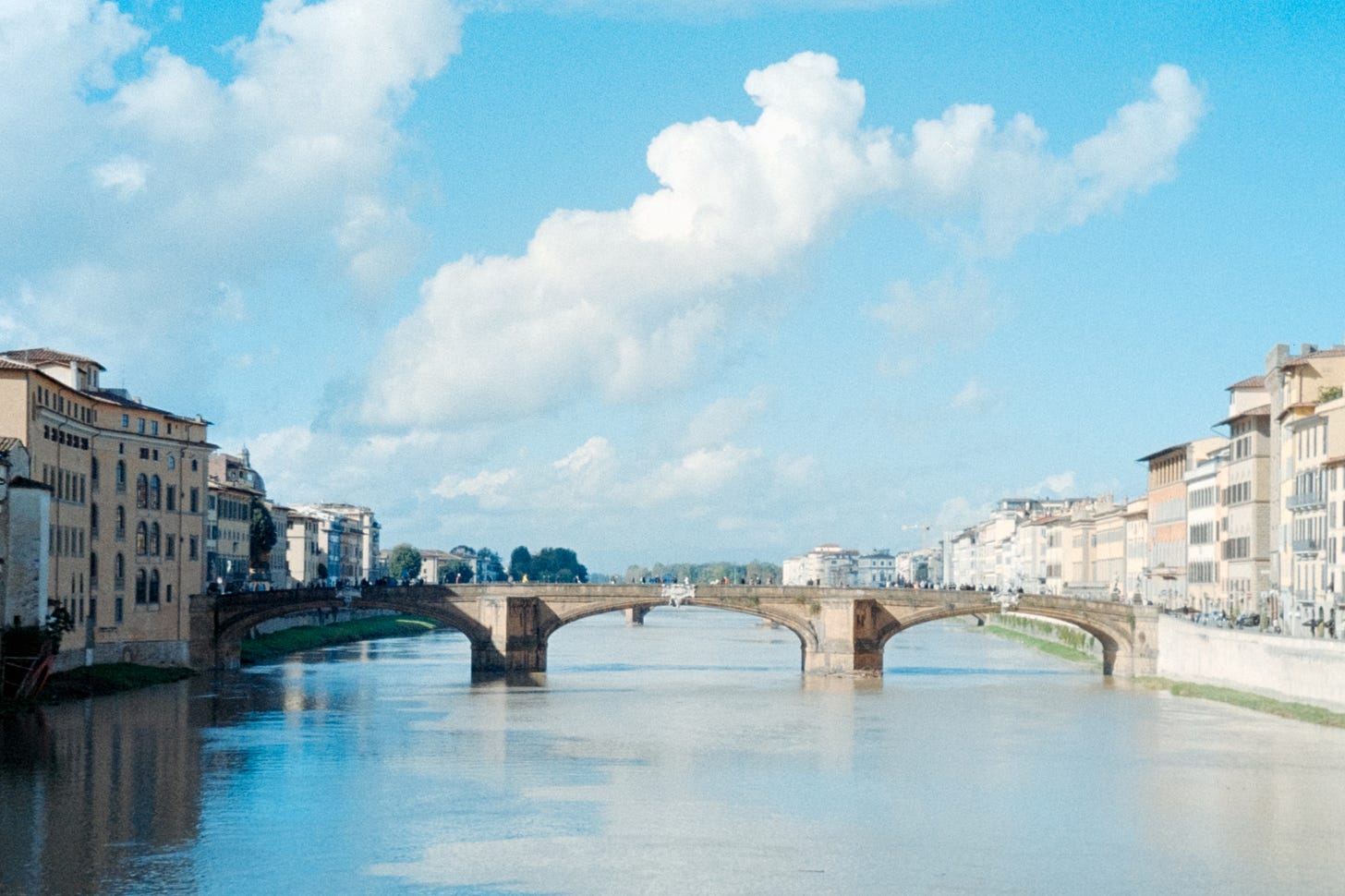
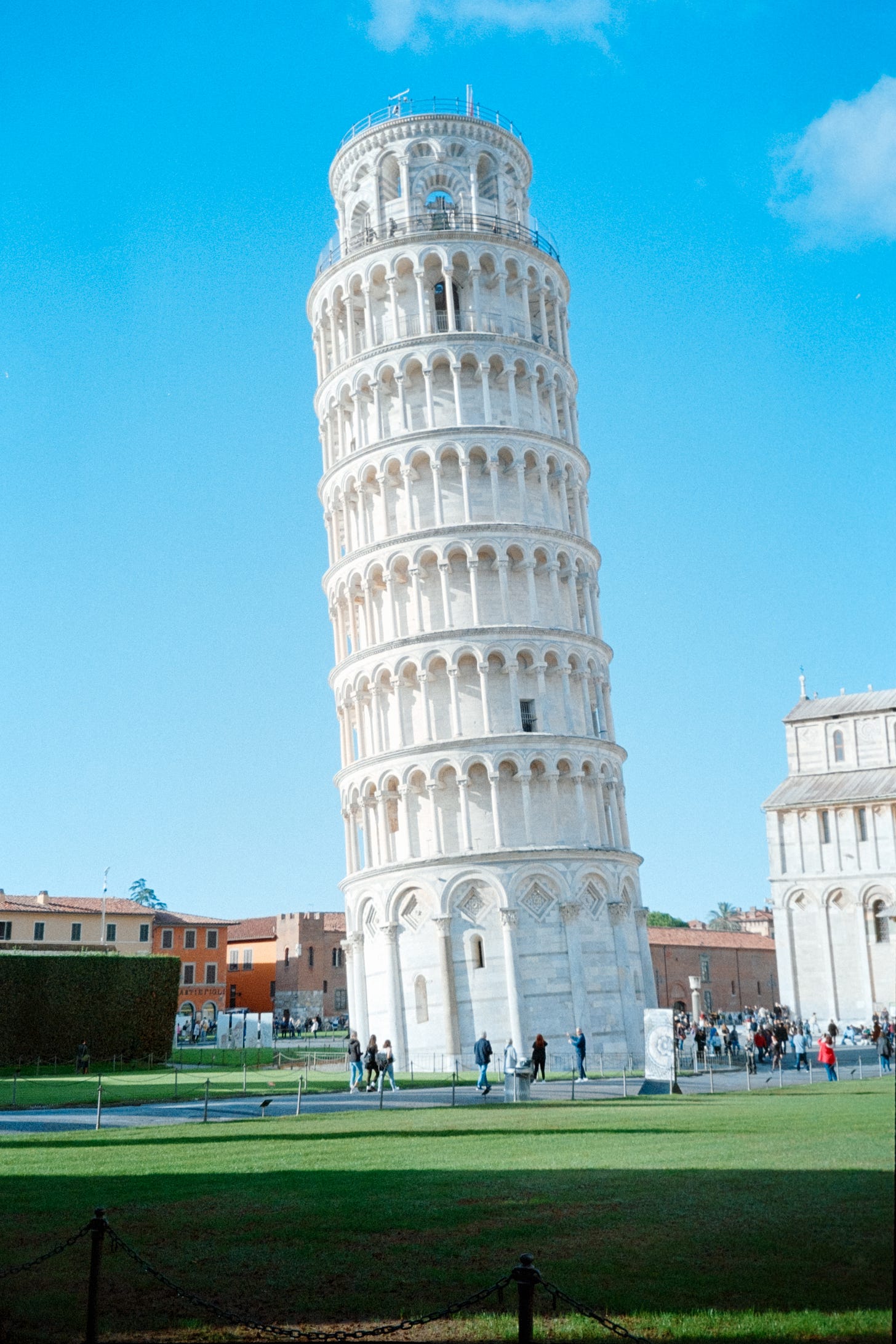
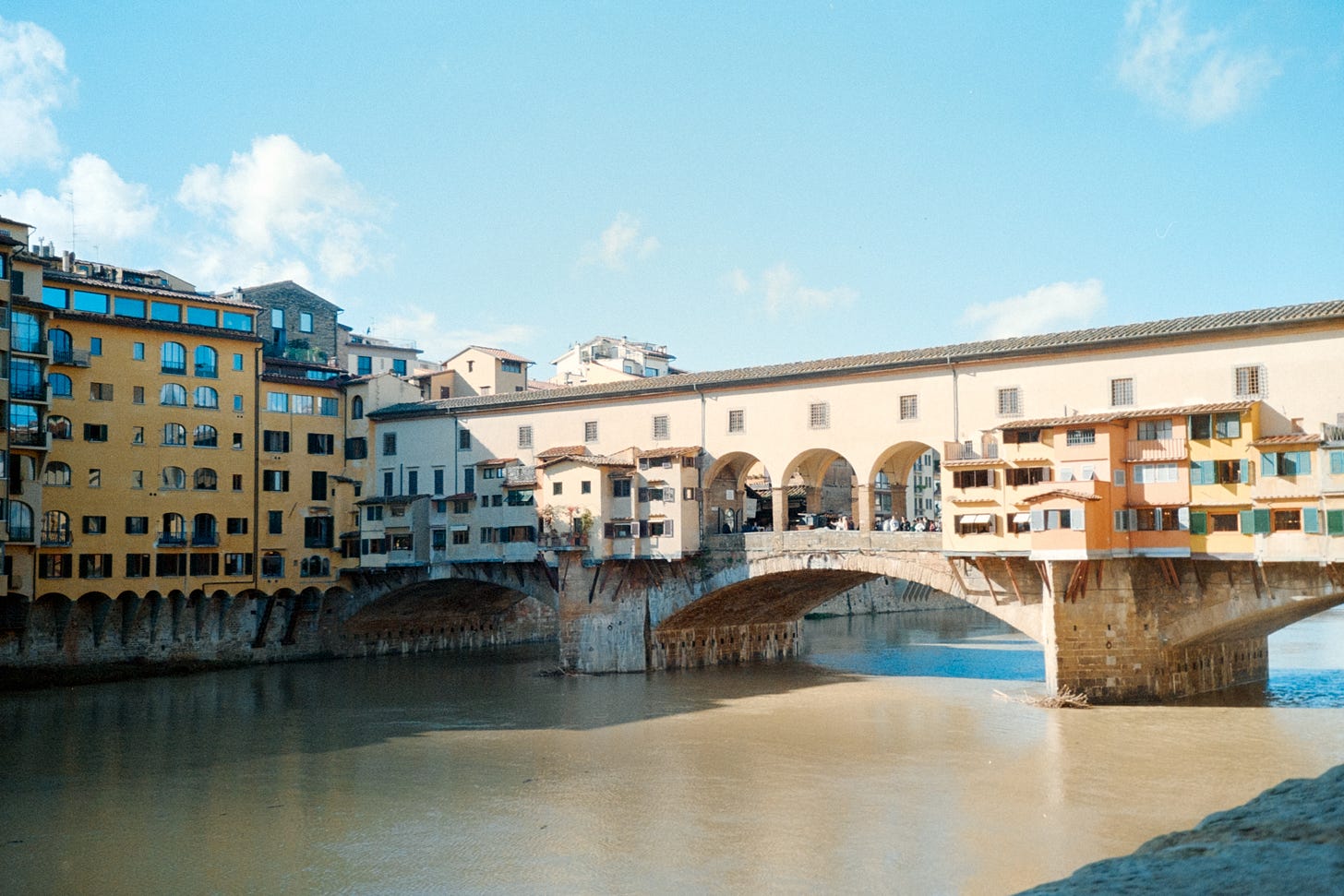
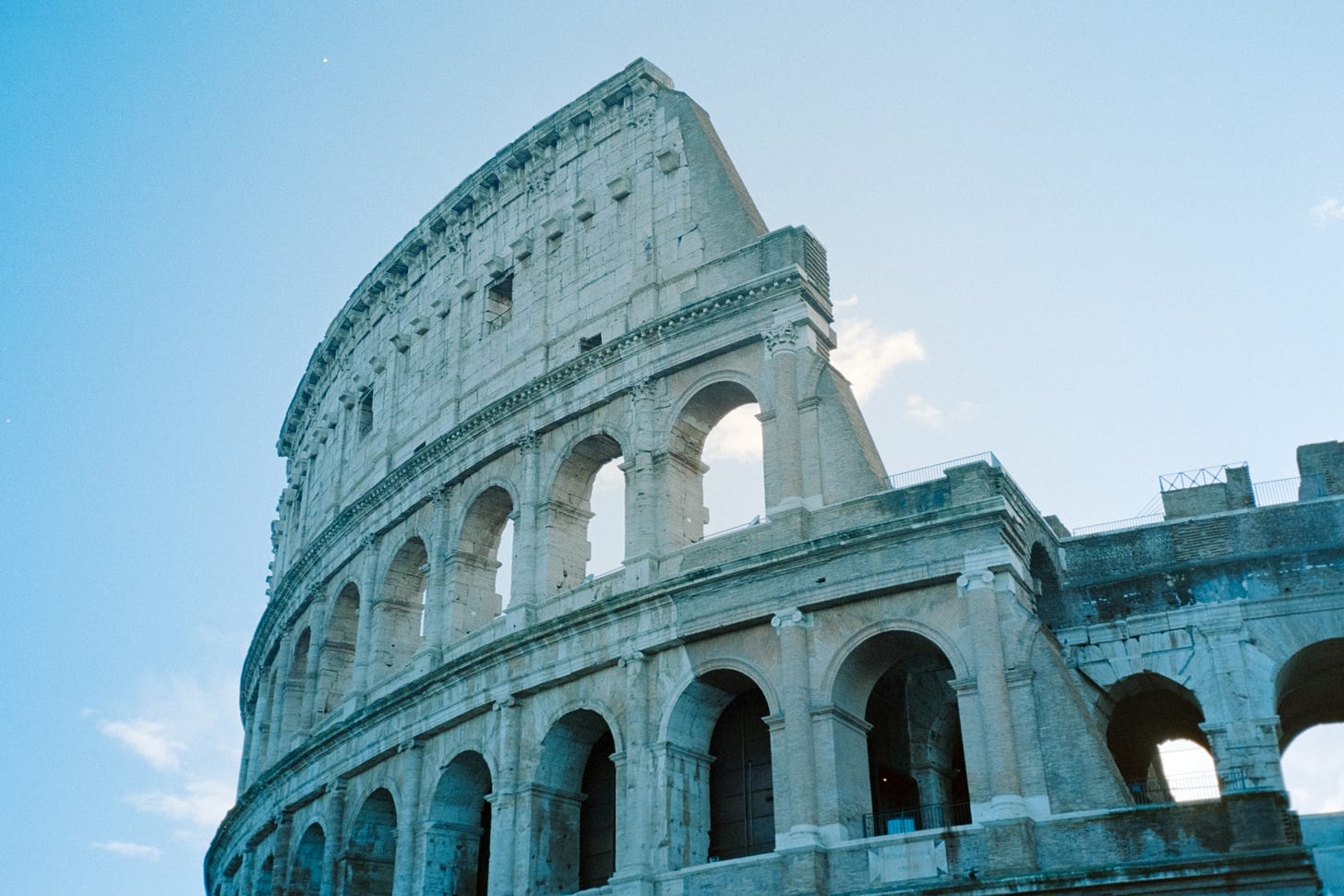

This could be your main camera on a trip because back in the early 2000s, this was people’s primary camera for trips. Even if you are bringing another larger camera, it is so simple to slip into your pocket that there’s no reason not to have it on you for the more impromptu snapshots or places you don’t want a camera hanging around your neck.
The pocket point-and-shoot was so prevalent in our society that many images have a nostalgic feel. Many family photos of this era were captured on cameras just like this. One use I enjoy is the flash snapshot. While general photography best practices strongly discourage direct flash, especially when the flash is close to the lens, this was the only way we would get photos after dark. So many nights out were captured only on small points and shoots with a flash, so we associate images like that to that time. Here are a few I took on Kodak Ultramax 400 film at a recent Blink 182 concert.

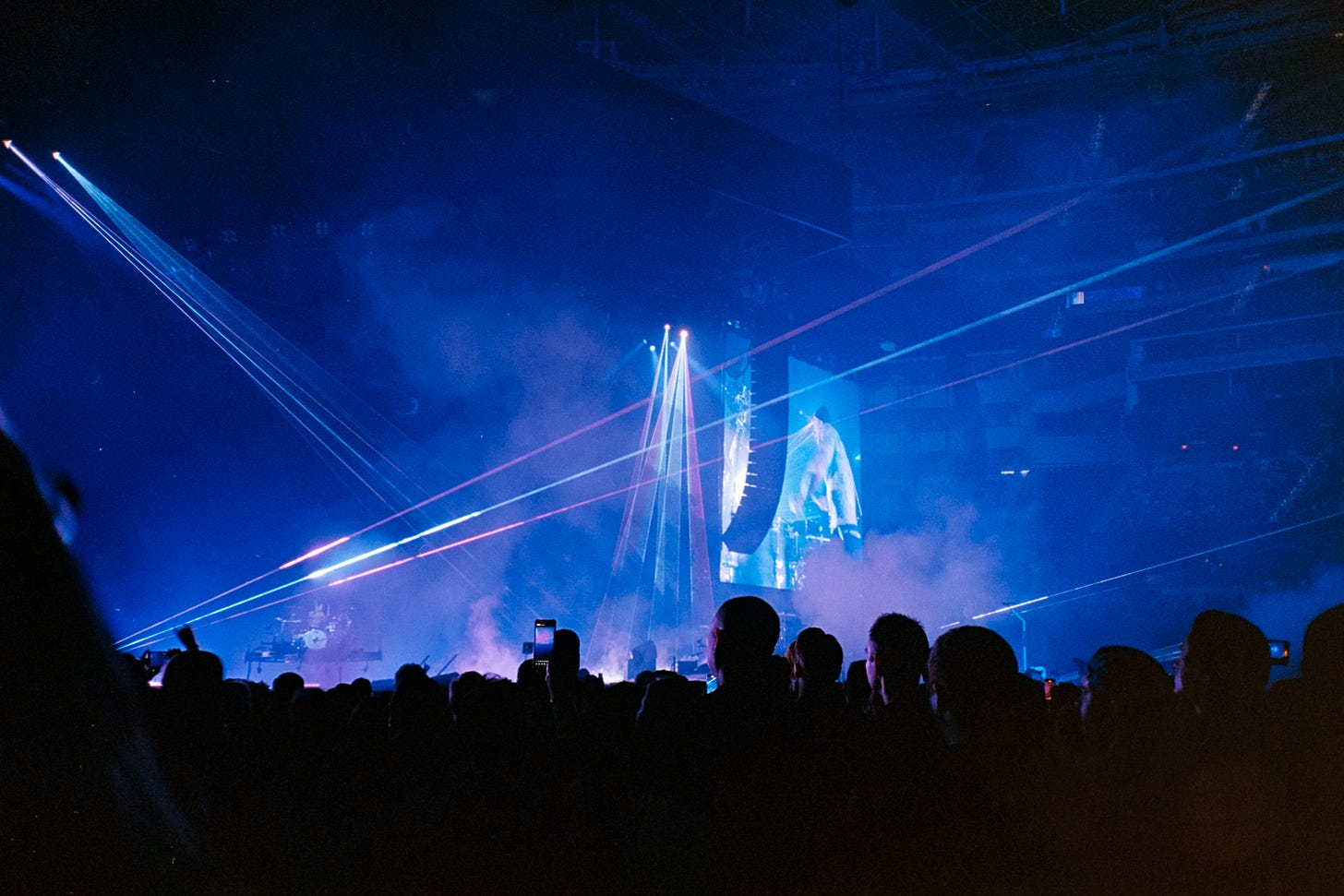
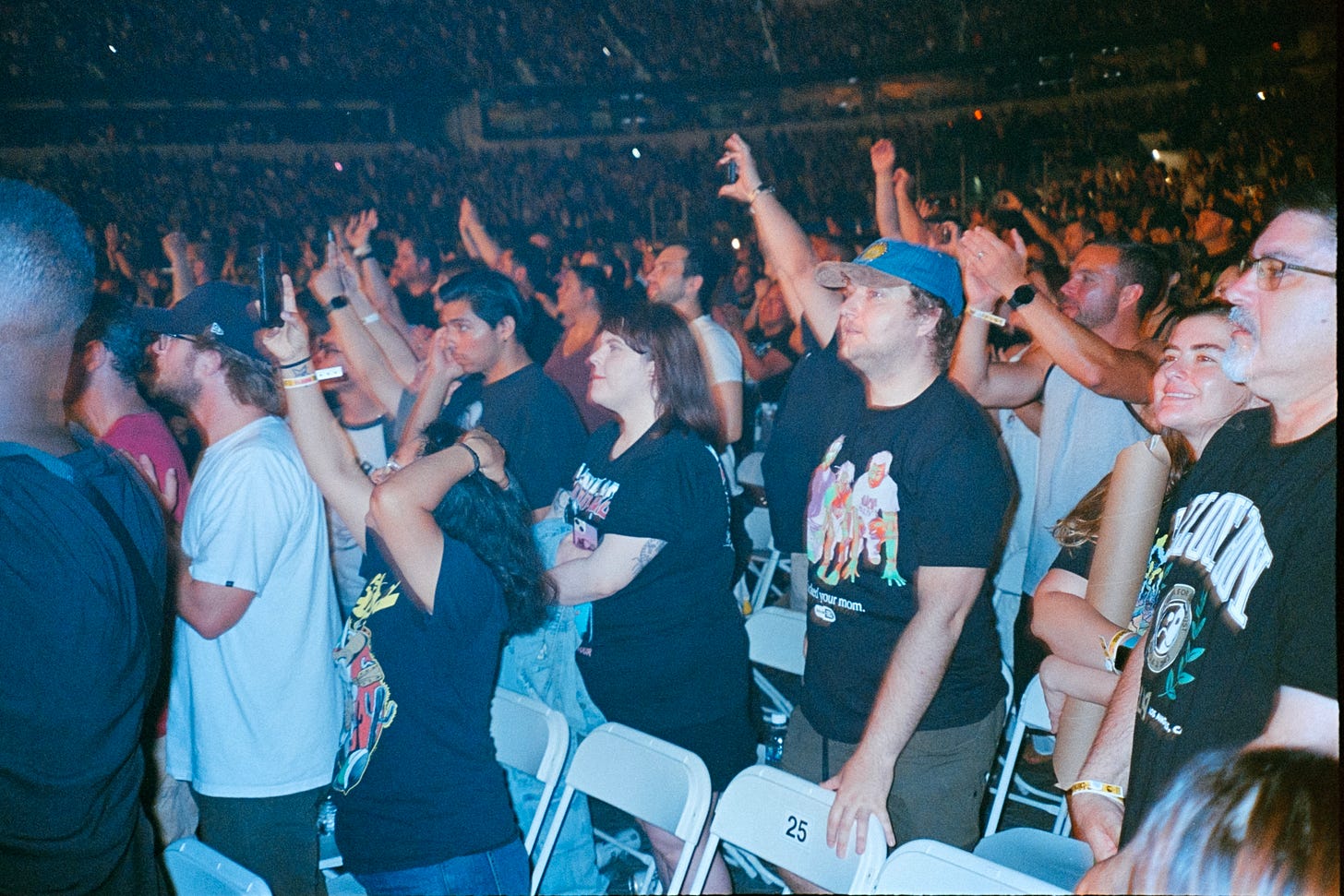
There are so many different types of cameras that were produced, and that’s because there were so many different use cases and different types of photographers. Don’t just get sucked into what’s popular in online discussions, there’s a lot out there that works very well, and maybe the one for you is not the one commonly talked about. For the price, I think that every photographer should have a cheap family point-and-shoot, if nothing else, for the retro vibes. The autofocus and autoexposure even work well for a selfie












